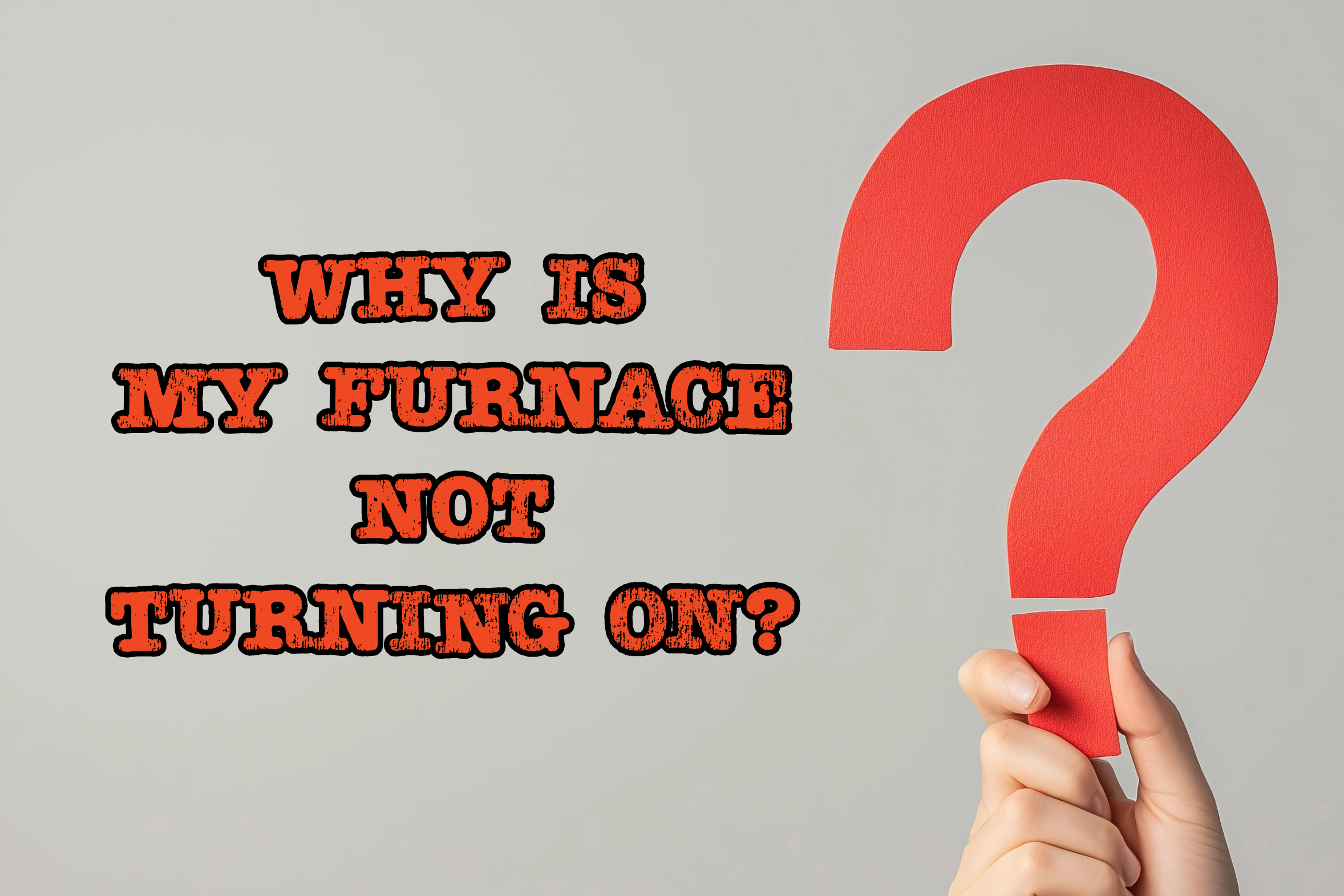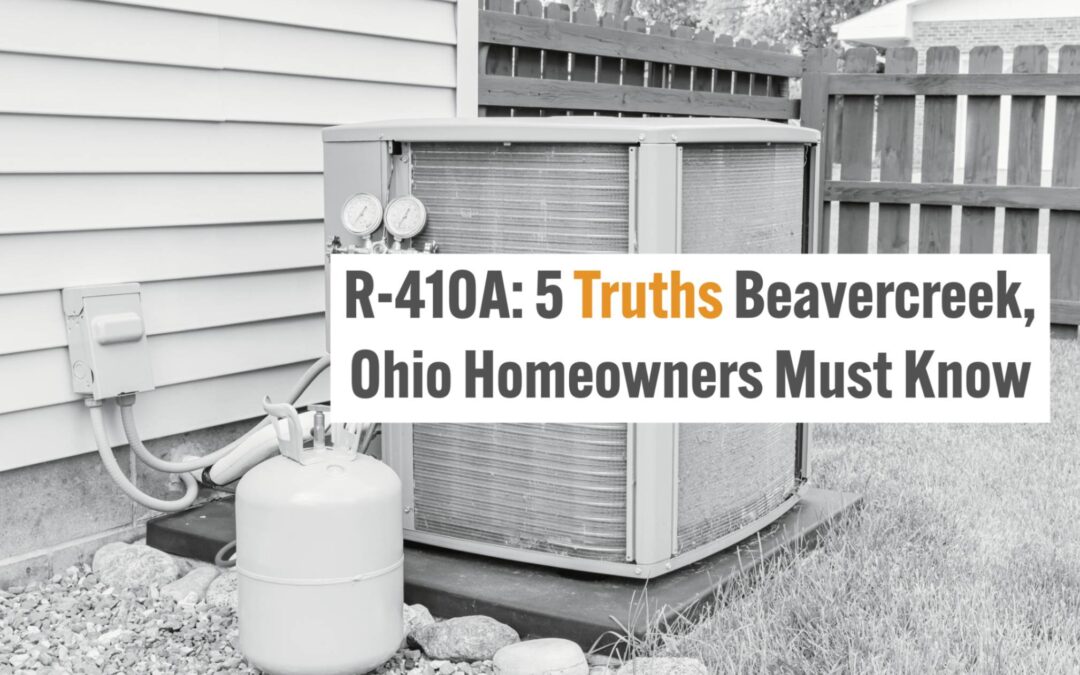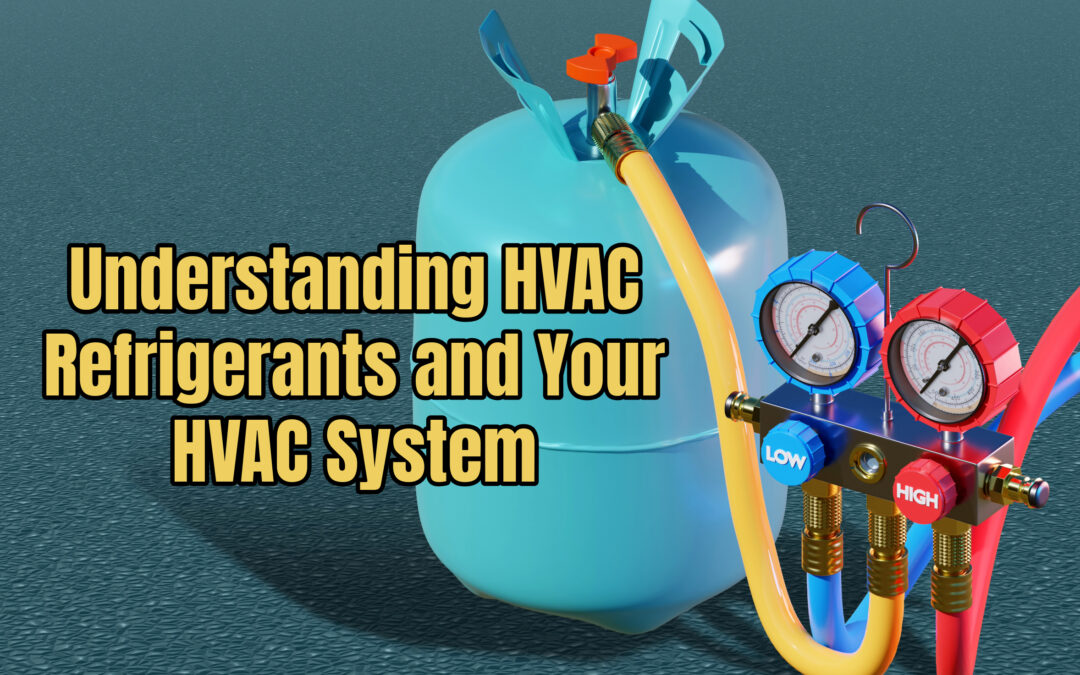If your furnace isn’t turning on, don’t be alarmed; we offer straightforward troubleshooting steps you can implement. With winter upon us, it’s crucial that your furnace operates effectively this season and beyond. As a homeowner, you understand the frustration of anticipating a warm and cozy home only to discover that your furnace is unresponsive. Our team is here to help ensure your comfort and address any furnace-related concerns. Don’t hesitate to reach out for professional assistance when you need it.
Before you consider reaching out to your Beavercreek Heating & Cooling professionals, it’s important to recognize that several common issues may be at the root of your heating system’s malfunction. To assist you in identifying and resolving the problem, we’ve prepared a straightforward troubleshooting guide that includes essential steps for basic furnace troubleshooting. By following this list, you can effectively pinpoint the issue and address it with confidence.
Check the Power Source If Your Furnace Is Not Powering On
When troubleshooting a problem, the first step is to check the power source. Ensuring these components are functioning correctly is crucial for resolving issues effectively.
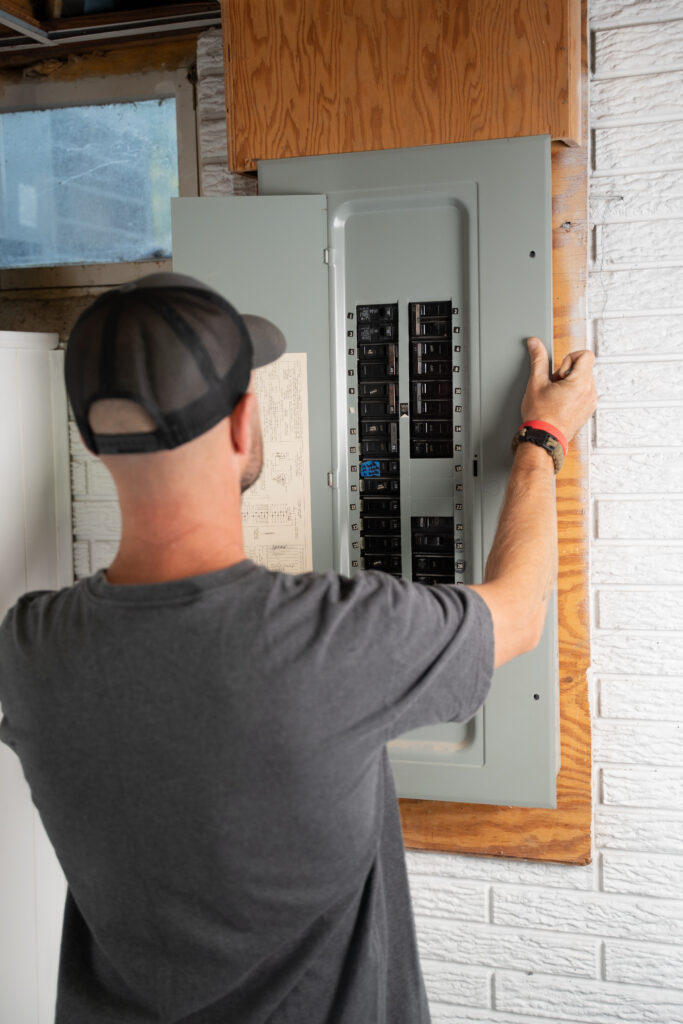
Inspect the Circuit Breaker to Confirm It’s Working: If your furnace operates on electricity, it’s essential to inspect the circuit breaker. It’s possible that the circuit breaker dedicated to your furnace has tripped, cutting off power to your heating system. Be sure to check your electrical panel for any switches that may be in the “off” position or somewhere between “on” and “off.” Often, a breaker switch may appear to be in the “on” position, yet it is actually positioned in the middle, giving the false impression of being turned on when, in fact, it is turned “off.” For assistance with inspecting your circuit breaker and ensuring your heating system operates efficiently, don’t hesitate to contact our team of professionals. We are here to help with all your HVAC needs.
To address this issue, begin by resetting any tripped breaker switches. Flip them fully to the “off” position and then back to “on.” If the breaker trips again, it may indicate an underlying electrical problem that requires professional attention. It’s important to note that circuit breakers can wear out over time. If this issue persists, it is advisable to consult with a professional to determine whether circuit breaker repair or replacement would be the best course of action.
Ensure Your Natural Gas or Oil Supply is Good to Go: For those using a fuel-powered furnace, it’s crucial to maintain a consistent fuel supply for optimal operation. Any disruptions, like a closed valve or an empty oil tank, can hinder your furnace from igniting. While you can easily verify that the gas valve is correctly positioned, if you suspect issues with gas pressure, we recommend reaching out to our experienced professionals.
Check the Thermostat If Your Furnace Is Not Powering On
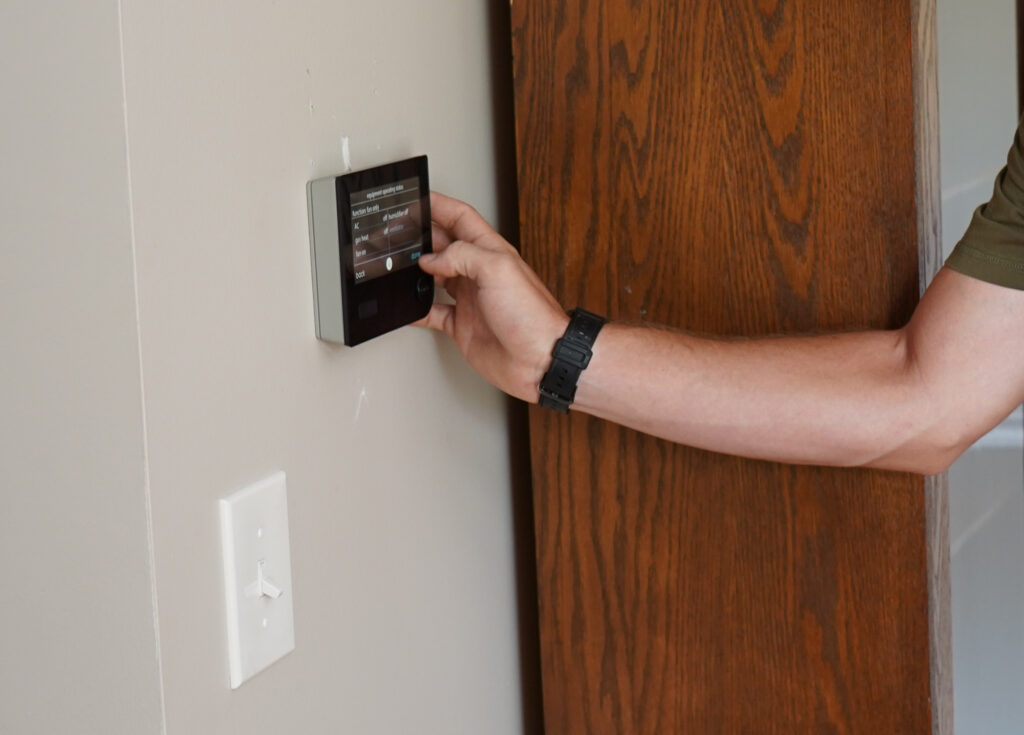
To enhance your HVAC system’s performance, begin by checking the thermostat, as it serves as the command center for your heating setup. If your furnace isn’t turning on, the solution might be simpler than you think. Ensure your thermostat is set to “heat” and that the temperature setting exceeds the current room temperature. This will prompt your heating system to reach your desired level.
Occasionally, the thermostat may not function properly. If that’s the case, check the batteries and replace them if necessary for your model. Should the thermostat still be unresponsive, it may signal the need for an HVAC technician to conduct a thorough assessment and provide a proper diagnosis.
Check the Air Filters If Your Furnace Is Not Powering On
Have you checked your HVAC system’s air filters lately? While it may seem minor, a clogged air filter can significantly impact your furnace’s performance. When the filter accumulates dust and airborne contaminants, it restricts airflow, leading to overheating and shutdown as a safety precaution. Therefore, it’s wise to inspect your air filters if you’re still experiencing issues. Taking this simple step can help ensure your furnace operates efficiently, providing you with the comfort you deserve. If you need assistance, don’t hesitate to reach out for professional help.
If your filter is dirty, replace it with a new one immediately. Remember, regularly changing your air filter is highly recommended—ideally, this task should be performed every 1-3 months. Doing so can significantly enhance your HVAC system’s efficiency and extend its lifespan. For all your HVAC needs, trust our expertise to keep your systems running smoothly. Don’t hesitate to reach out for professional assistance!
Check if the Ducts are Blocked If Your Furnace Is Not Powering On
Did you know that blocked or obstructed ducts can disrupt your furnace’s functionality? When airflow is restricted, it signals to your furnace that something is wrong, prompting it to shut down as a precaution. For example, if objects have fallen into the ductwork, this could trigger some furnaces to enter safety mode, preventing them from turning on.
This safety response is crucial for preventing potential hazards like carbon monoxide poisoning in your home. While various factors need to align for this to happen, your safety remains our top priority. It’s essential to address any obstructions promptly to ensure your furnace operates smoothly and efficiently.
Check the Drain Pan If Your Furnace Is Not Powering On
Modern furnaces come equipped with various safety features designed to protect your home. For example, when a drain pan accumulates excess moisture, it activates a safety switch that halts the furnace operation. If you find that your issue persists, it is advisable to locate the drain pan—typically situated beneath the furnace—and carefully empty it if it is filled with water.
Additionally, if you notice that the drain pan frequently fills up, this recurring issue may signal a problem with your HVAC system’s drainage. In such cases, it’s crucial to address the situation promptly.
Let’s Wrap It Up
Encountering a furnace that won’t turn on can be frustrating, but this specific issue is typically resolved through the troubleshooting steps outlined above. By checking the circuit breaker, thermostat, air filter, ducts, drain pan, pilot light, and fuel supply, you can often identify and rectify the problem independently.
However, if these measures do not alleviate your furnace concerns, remember that your Beavercreek Heating & Cooling team is always ready to assist! With our extensive expertise in furnace repair and maintenance, we are equipped to restore your furnace’s functionality promptly. Contact us for reliable solutions tailored to your HVAC needs.
Your comfort and safety are paramount, and sometimes, expert help is the best solution. Don’t hesitate to reach out to us. You can contact Beavercreek Heating & Cooling today at (937) 708-8527 or schedule an appointment online now by clicking here!




